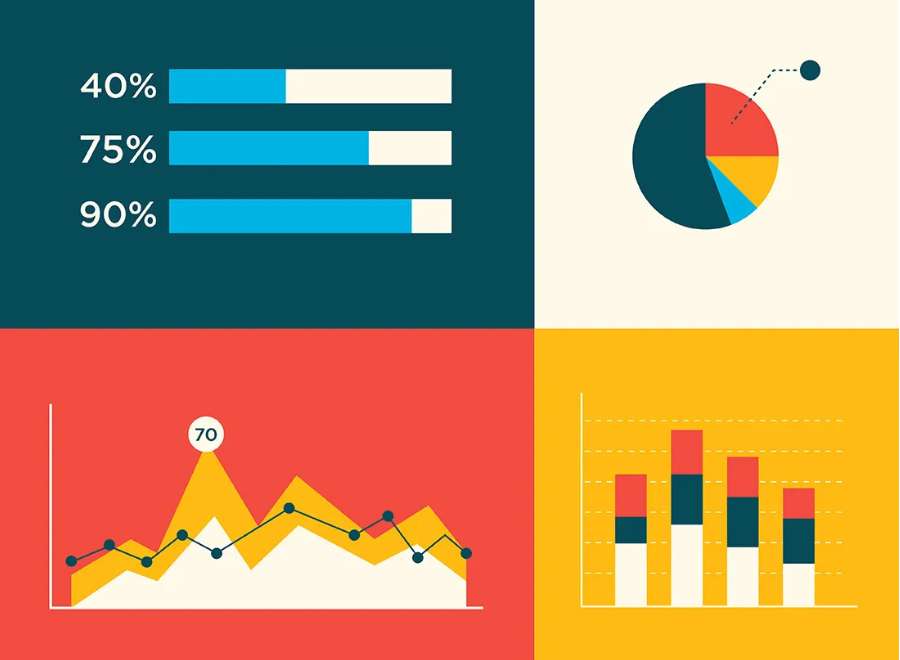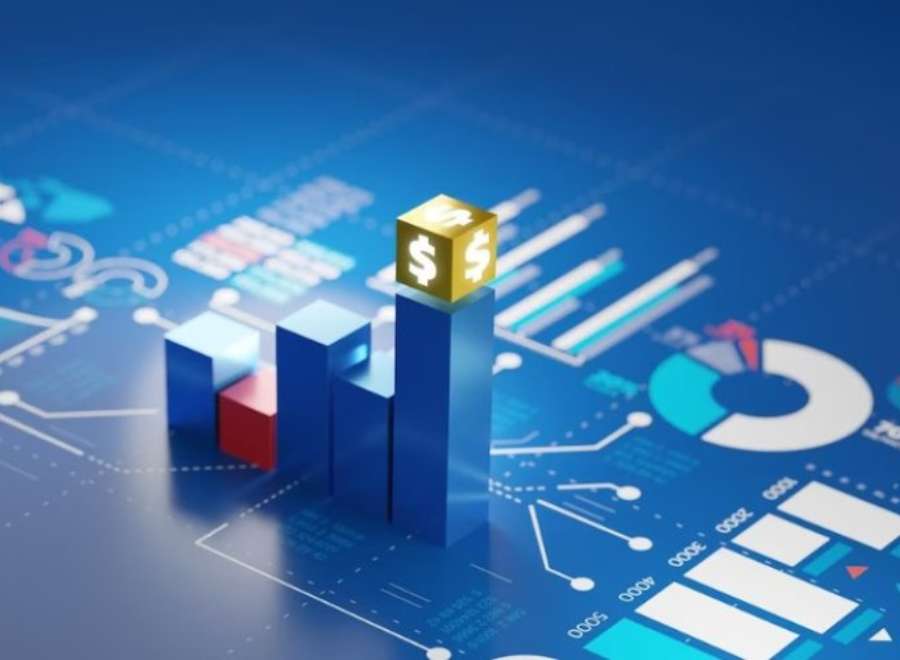
selection consists fully of lower-cased or capital letters text maintains the amount of lines. When replacing a selection.
Before diving into data analysis, it’s crucial to have a clear understanding of the problem you’re solving and the goals you want to achieve. This clarity ensures that your approach is structured, your data sources are relevant, and your success metrics are well-defined. Additionally, consider the stakeholders who will benefit from your insights. Who are they? What decisions will they make based on your findings? Understanding how your analysis will be used allows you to tailor your approach for maximum impact, ensuring that your data-driven recommendations translate into meaningful action.

Once the problem and objectives are clearly defined, the next crucial step is to examine and clean the data. This involves assessing its quality, completeness, and consistency while addressing issues such as missing values, outliers, and inaccuracies. A thorough exploratory analysis is essential to uncover trends, patterns, and potential relationships between variables. Leveraging visualizations, summary statistics, and data profiling tools can provide deeper insights, helping to ensure that the data is well-prepared for meaningful analysis.
We transform data into actionable business intelligence through interactive dashboards and in-depth analysis. Our expertise includes

Impact Example: A retail chain uses our services to identify top-performing product categories, leading to a 20% boost in sales from targeted inventory adjustments.
With clean and well-structured data, the next step is to dive into analysis and modeling. This involves applying analytical and statistical techniques to test hypotheses, answer key questions, and extract valuable insights. Depending on the complexity of the data and the problem at hand, methods such as regression, classification, clustering, or dimensionality reduction may be employed. Equally important is evaluating the performance and reliability of your models. Comparing different approaches helps determine the most effective strategy, ensuring that your analysis leads to accurate, data-driven decisions.

The final phase of the data analysis process is interpreting and effectively communicating your findings.
Wrangling data is like interrogating a prisoner. Just because you wrangled a confession doesn’t mean you wrangled the answer.


